Today I will share photos from Otter Mound Preserve. Otter Mound Preserve is located within what was once Caxambas Village, Fl.
Records of Europan involvement with the Caxambas area extend back to the 1500’s.
A pilot with one of Ponce de Leon's Florida expeditions mentioned high sand hills, which may have been a reference to the Indian Hills Area - the highest natural point in Collier County at approximately 52 feet.
In the 1830's plantations existed along the shores of Caxambas Pass, including one owned by John Durant of Savannah, Georgia. These plantations were abandoned at the beginning of the Second and Third Seminole Wars. Some
evidence suggests that during these wars the Caxambas area was visited by various military expeditions who may have camped near Otter Mound.
Tony Roberts, the first modern Caxambas area settler and namesake of Roberts Bay, arrived sometime before 1870. Soon after Roberts came Captain Charles Johnson. Johnson built his home, which he called "Johnson Station", on top of Indian Hill.
Near the turn of the century several families, most notably the Barfields and the Ludlows, began settling in Caxambas. These early pioneers fished, clammed, bunted, and cleared the land - planting a variety of crops including vegetables, pineapples, and fruit trees such as avocados, mangos, and guavas.
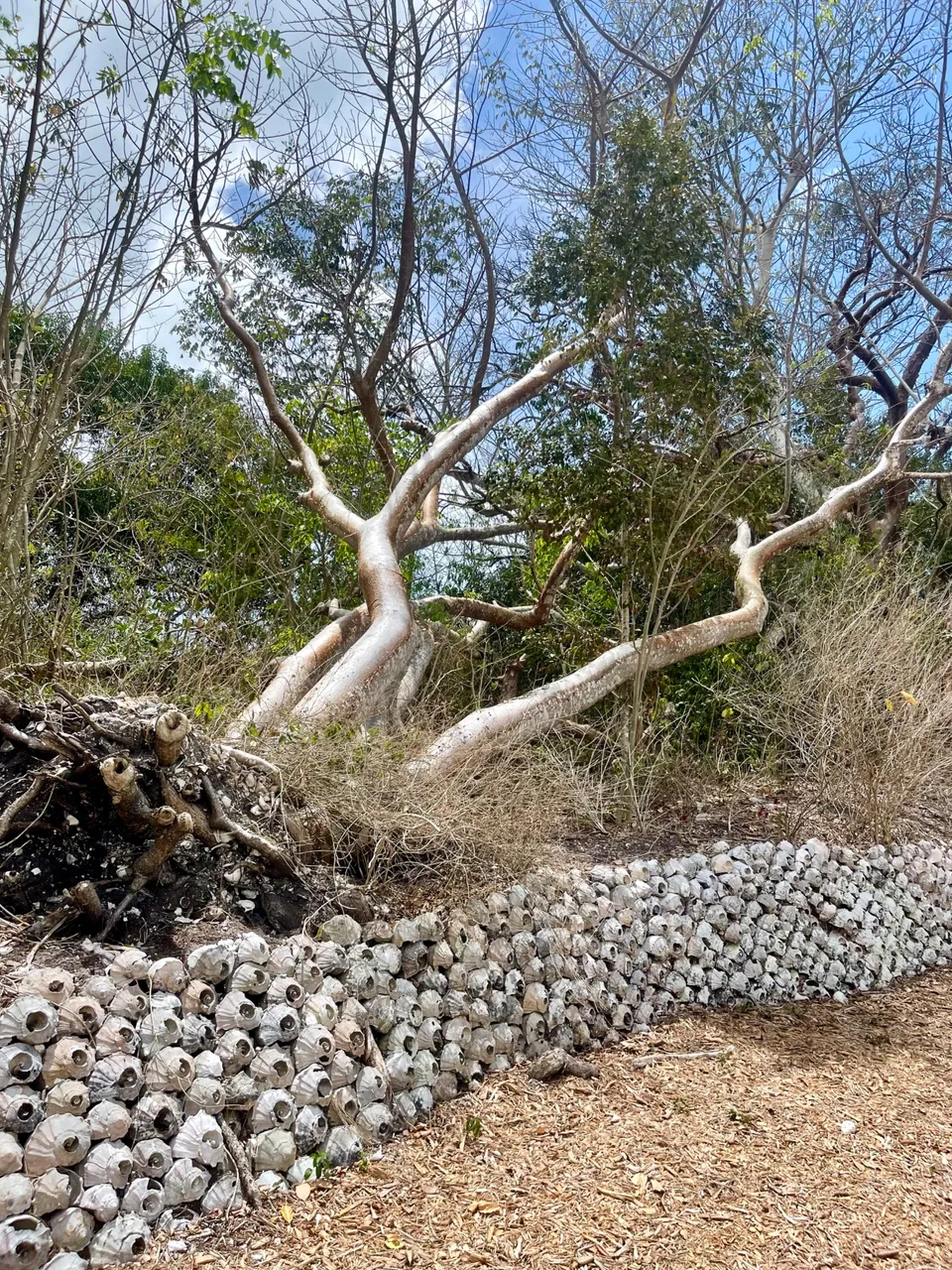
Otter Mound Shell Wall, 1987.
By all accounts. Mr. Ernest Otter was the sole architect of the shell terracing still present throughout the property today. Although the exact dates of its construction are unknown, a majority of the terracing was
completed sometime prior to 1955, when then six year-old Gary Pettit helped Mr. Otter construct the final portion of the wall. Gary recalls that the Otter's referred to the terracing project as the “garden", thus
implying that the main function of the walls was to support the earth along the ancient ridges so that the Otters could plant trees and shrubs.
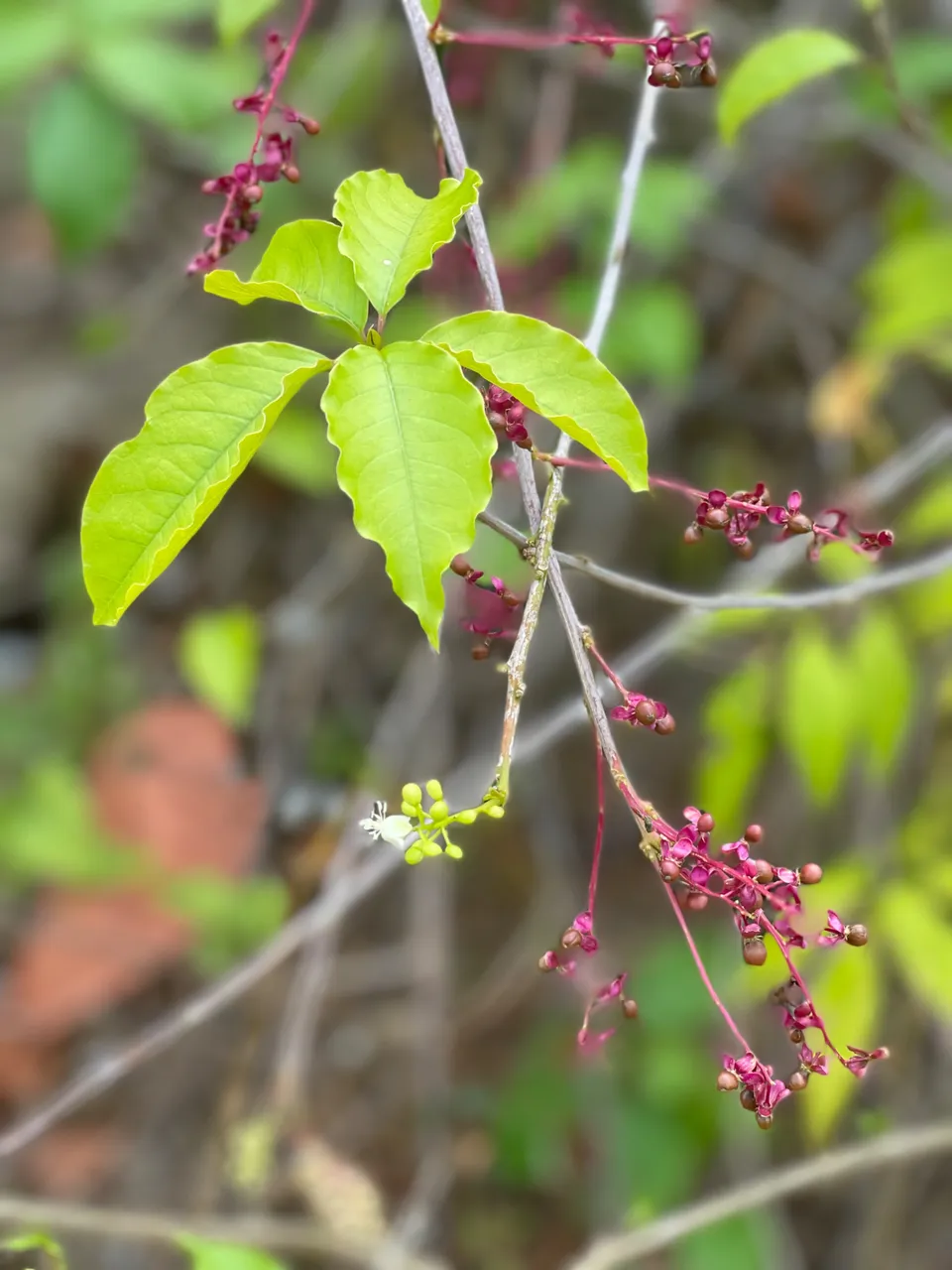
Mr. Ernest Otter and his wife Gladys,both originally from Michigan, stayed with the Griners when visiting Caxambas in the winter
and eventually purchased the property from
Mrs. Griner in 1950, after the death of her husband. The Griner/Otter house, which was located on the raised area of land just behind this sign, was reportedly built in 1923 and remained on the property until it burned down on Octeser 31, 1978.
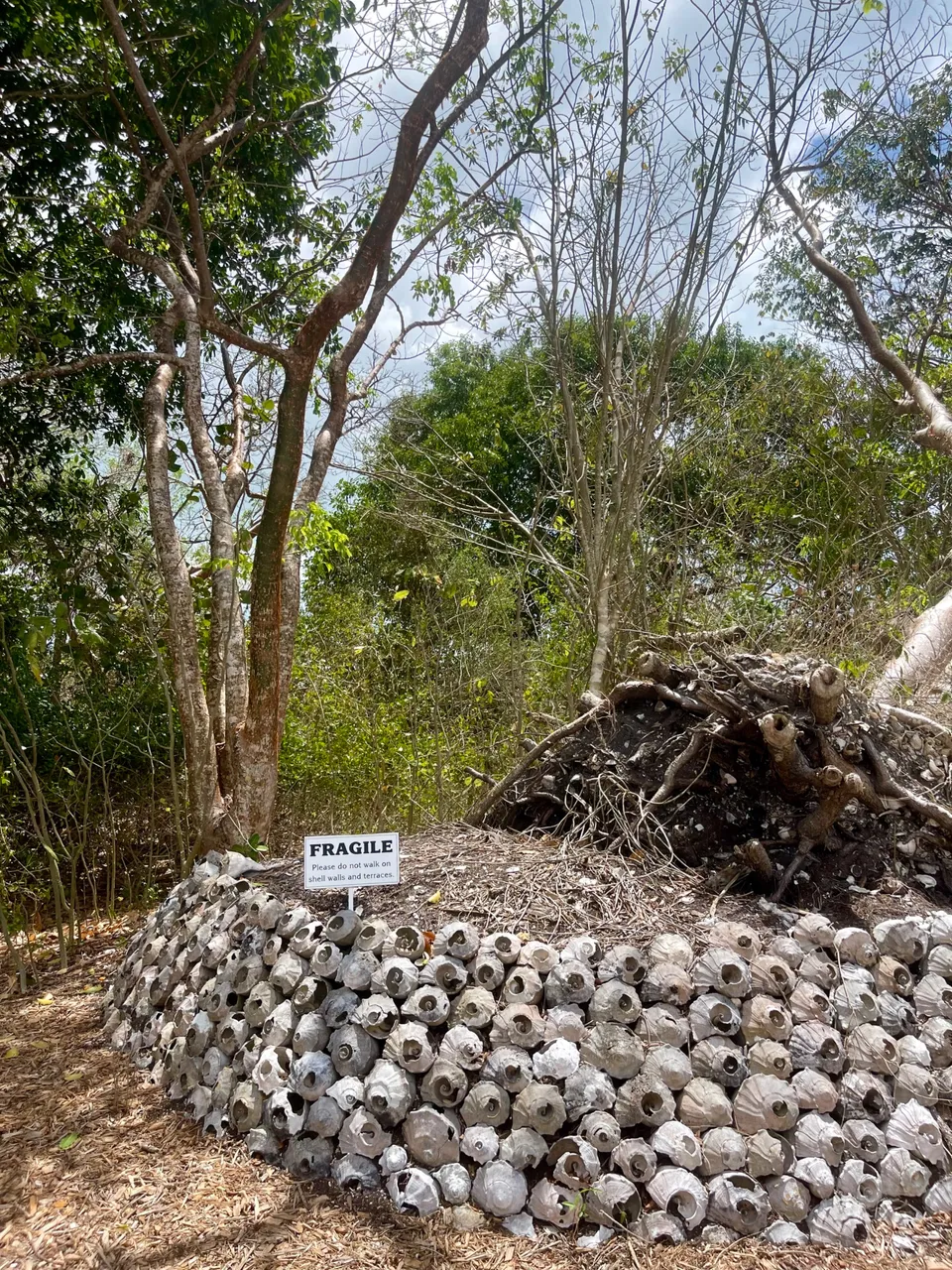
The old out-house. visible along the trail, is one of the last of its kind in South Florida.
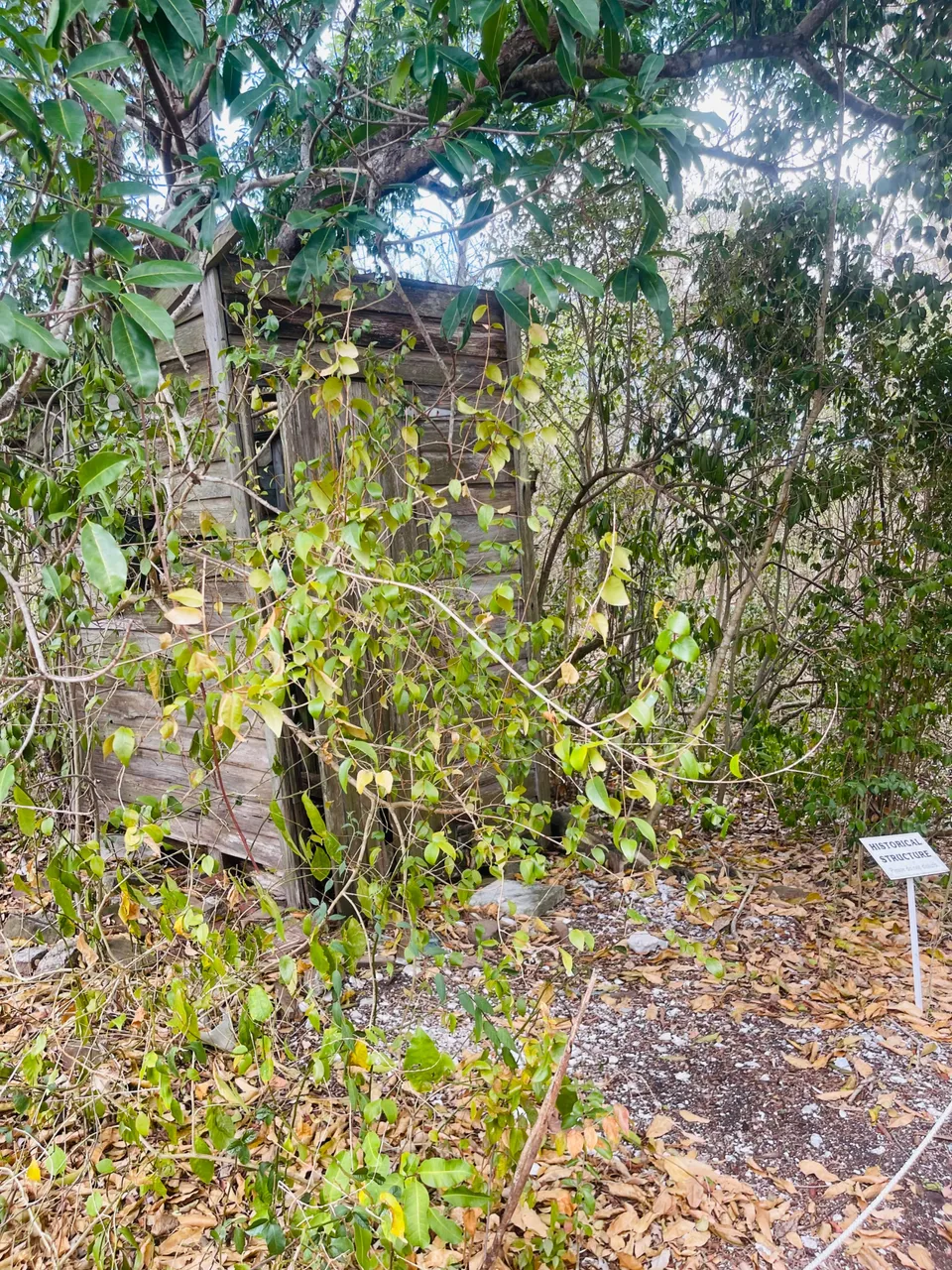

Saving a piece of history
The Otter Mound property changed hands several times after Ernest's death in 1977.
It was the final private owners, the Gionet Family, who initiated its preservation. With the support of the Archaeological and Historical Conservancy, Inc., The Marco island Historical Society, The Southwest Florida Archaeological Society, and the City
of Marco Island, the property was successfully listed on both the State's Florida Forever" acquisition list and the County's "Conservation Collier" acquisition list.
July 2004, the Collier County Board of County Commissioners purchased Otter
Mound Preserve to be managed for public access that is compatible with the conservation, protection and enhancement cf the natural and historical resources that are present here.
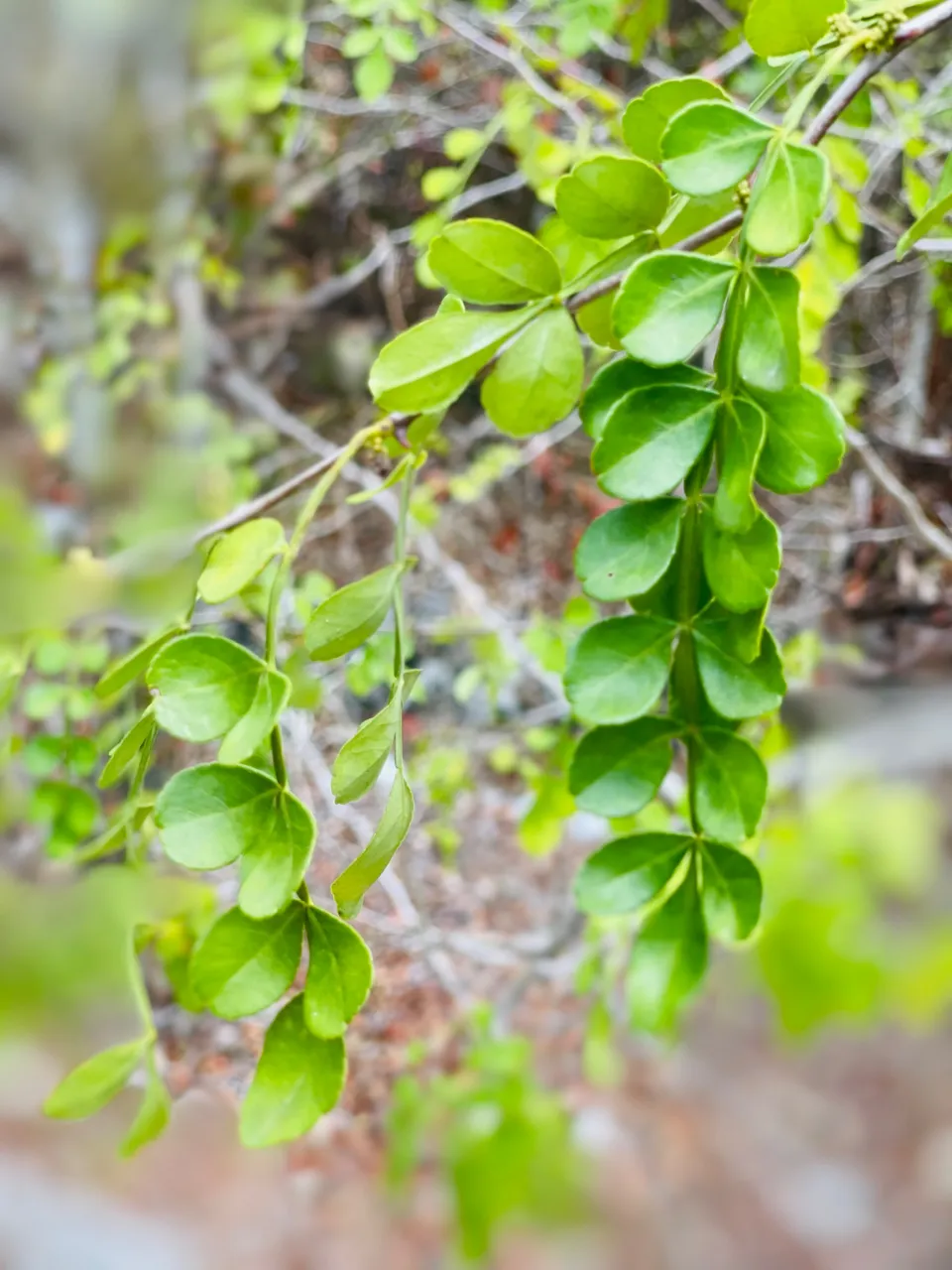
Here is the information about the Gopher tortoise. We saw one walking away from us in the grass. We were surprised how fast it was moving. It was an adult tortoise. Once we even saw the tortoise sitting halfway out from the burrow. It was our first experience with this animal, and we thought it was stuck. Thankfully we didn’t touch it and later saw it to come out by itself.
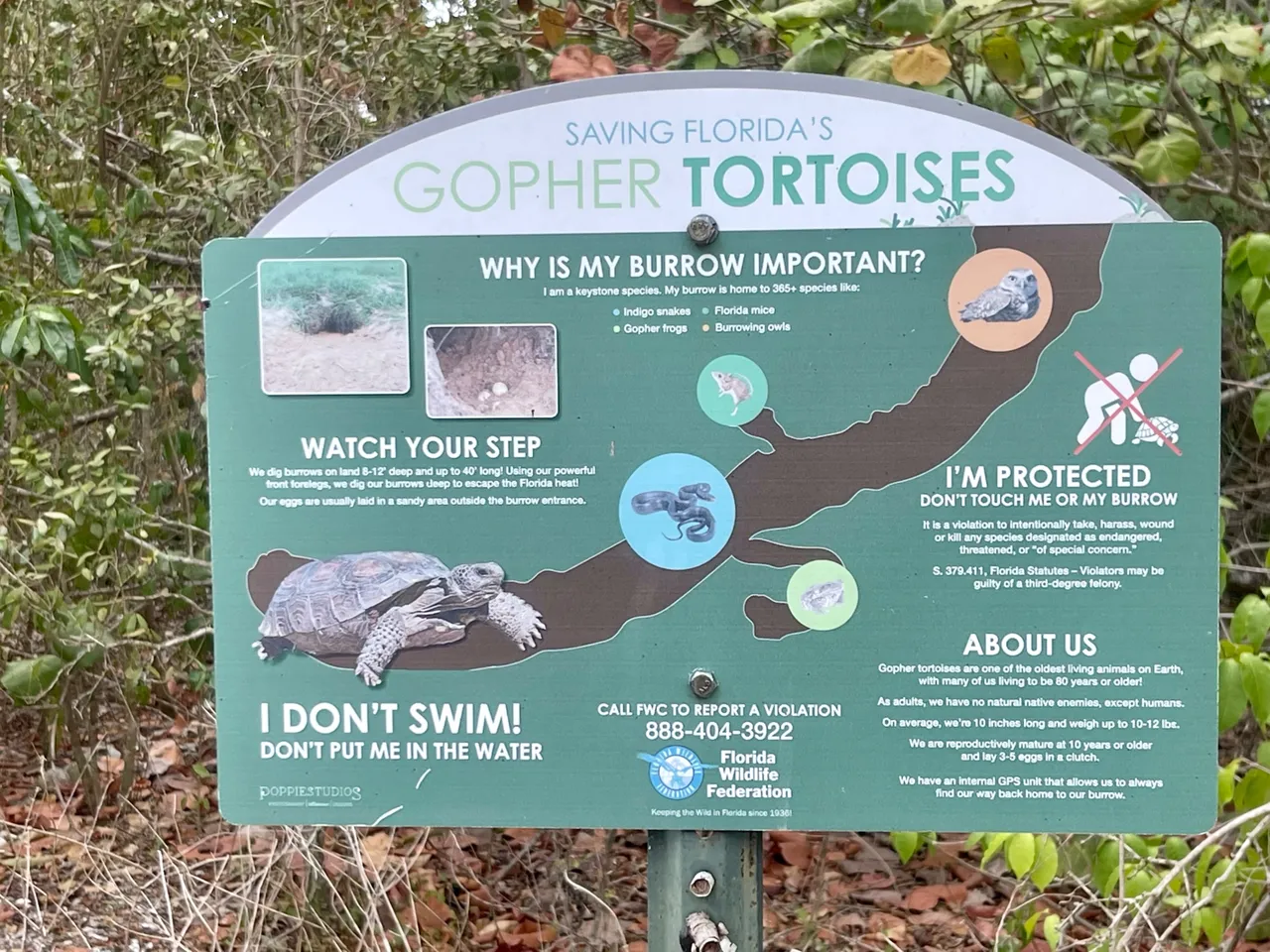
If you look carefully, you might see the Gopher tortoise walking through the leaves.
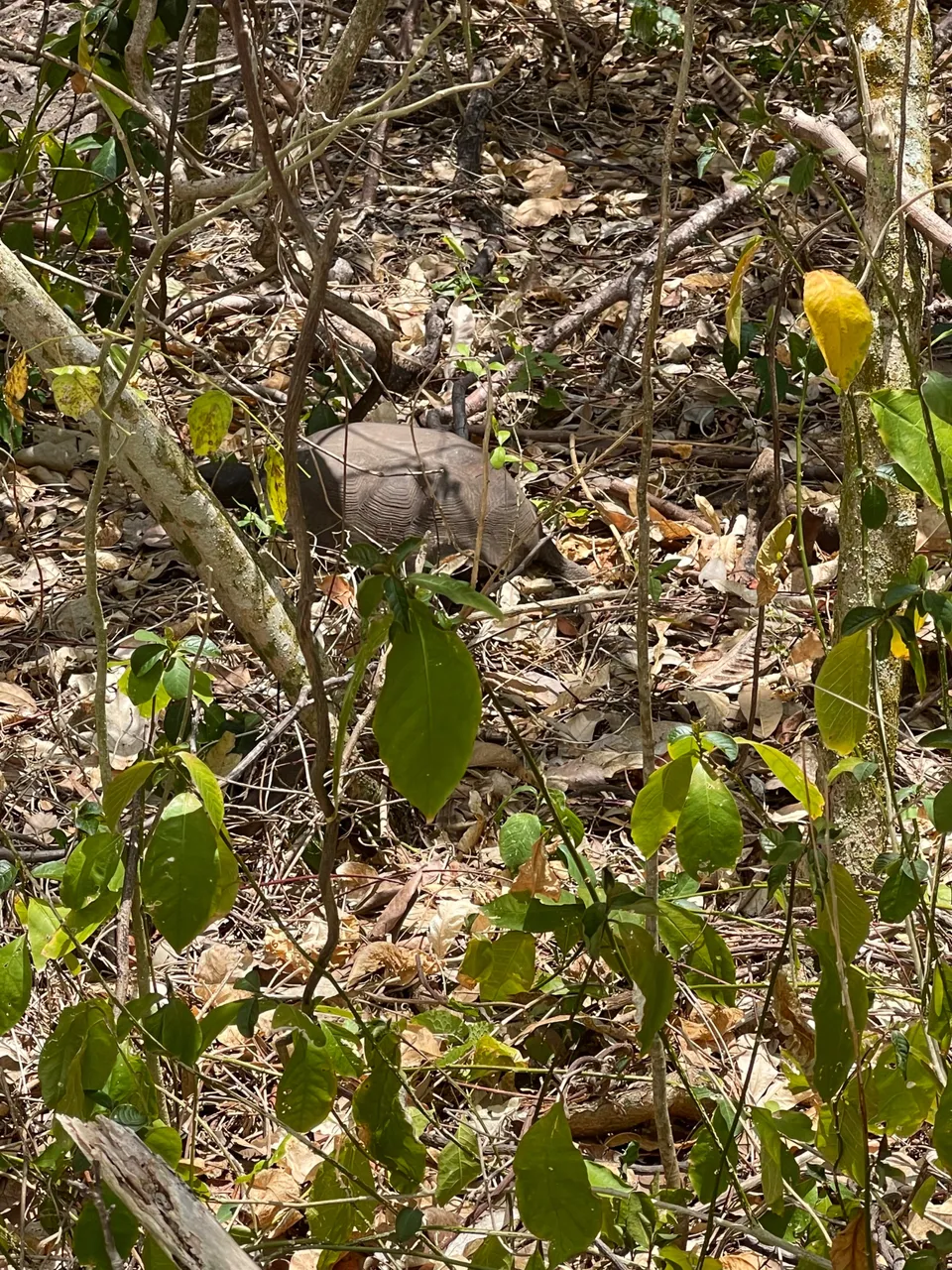
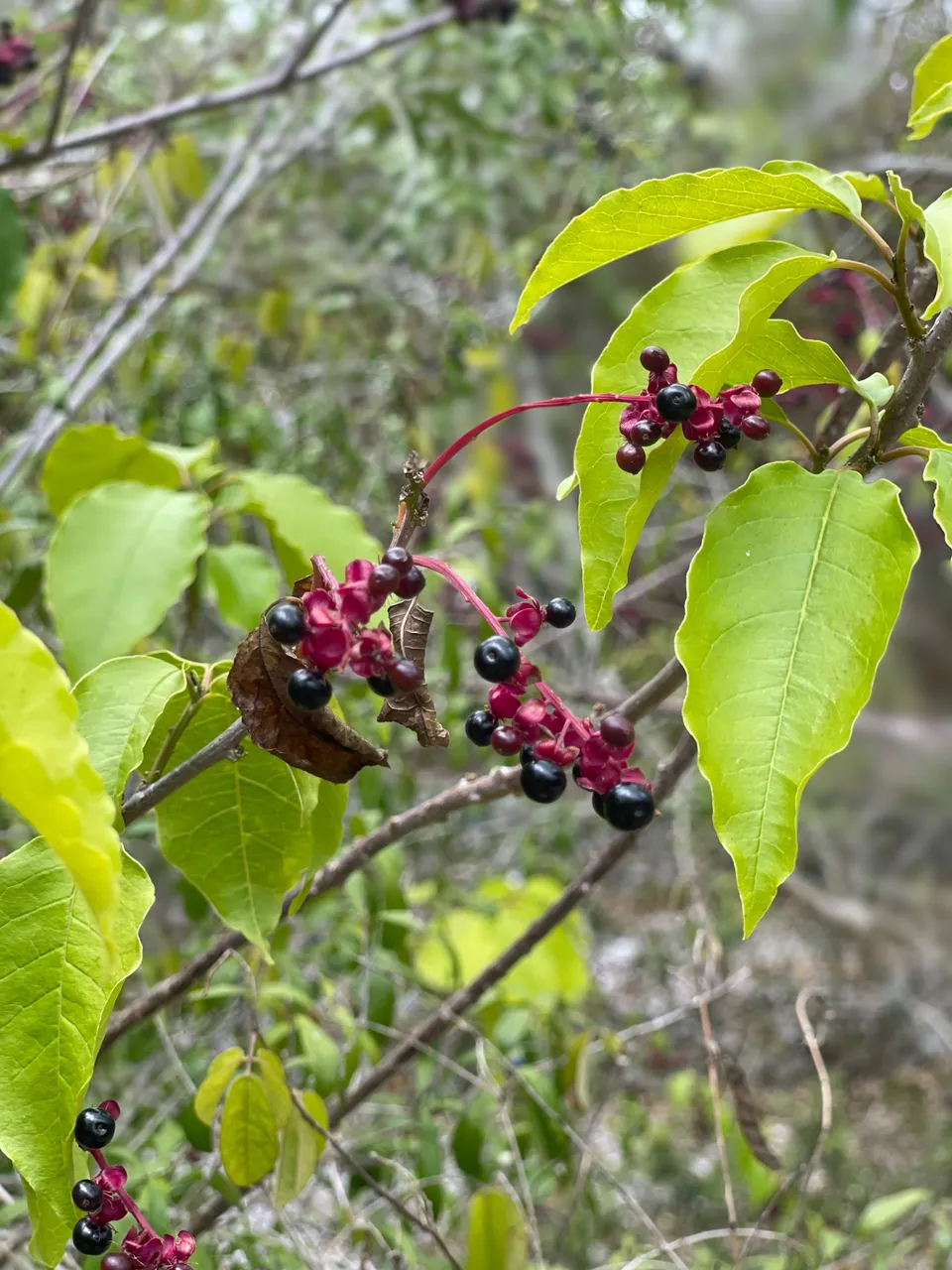
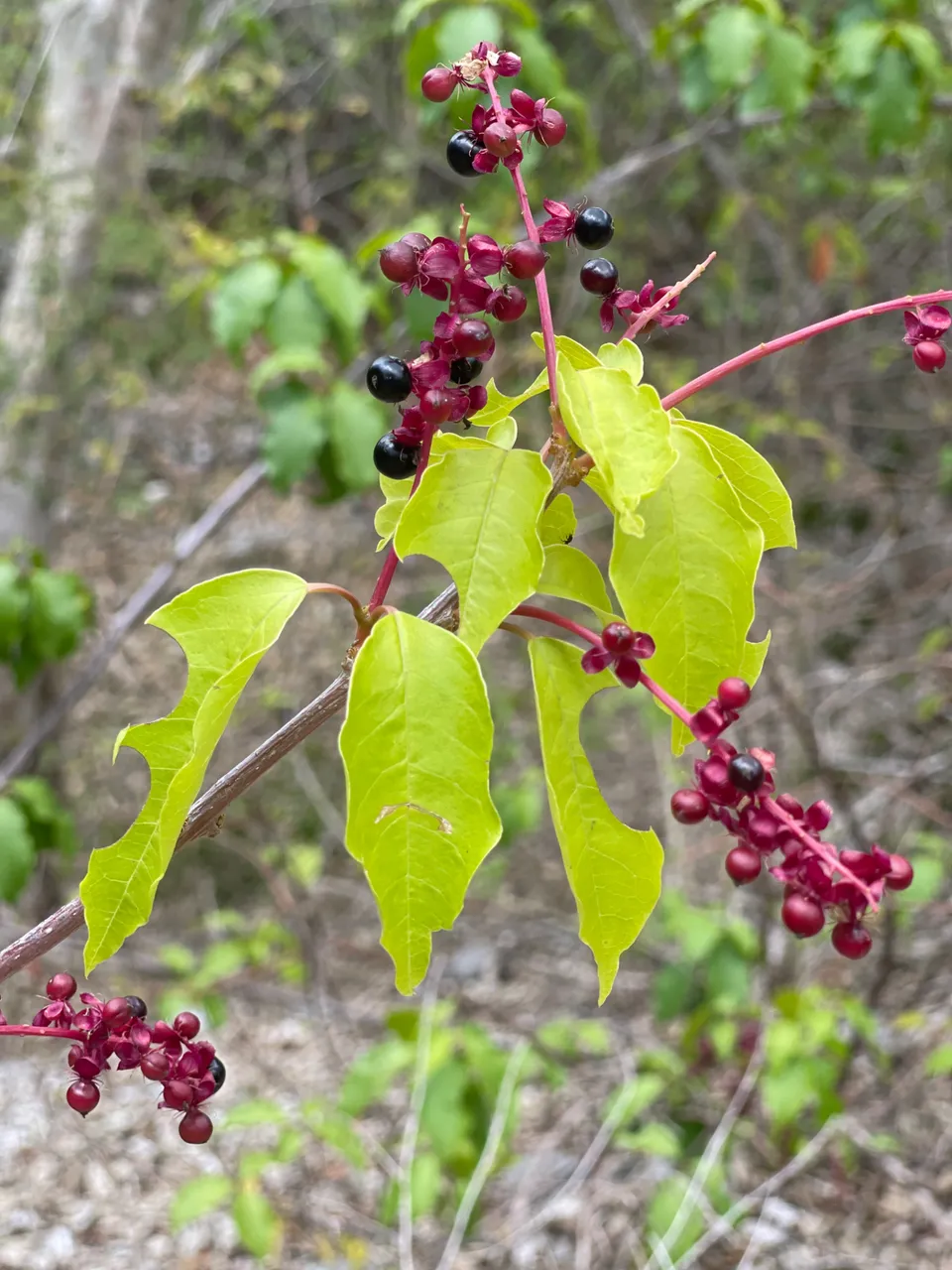
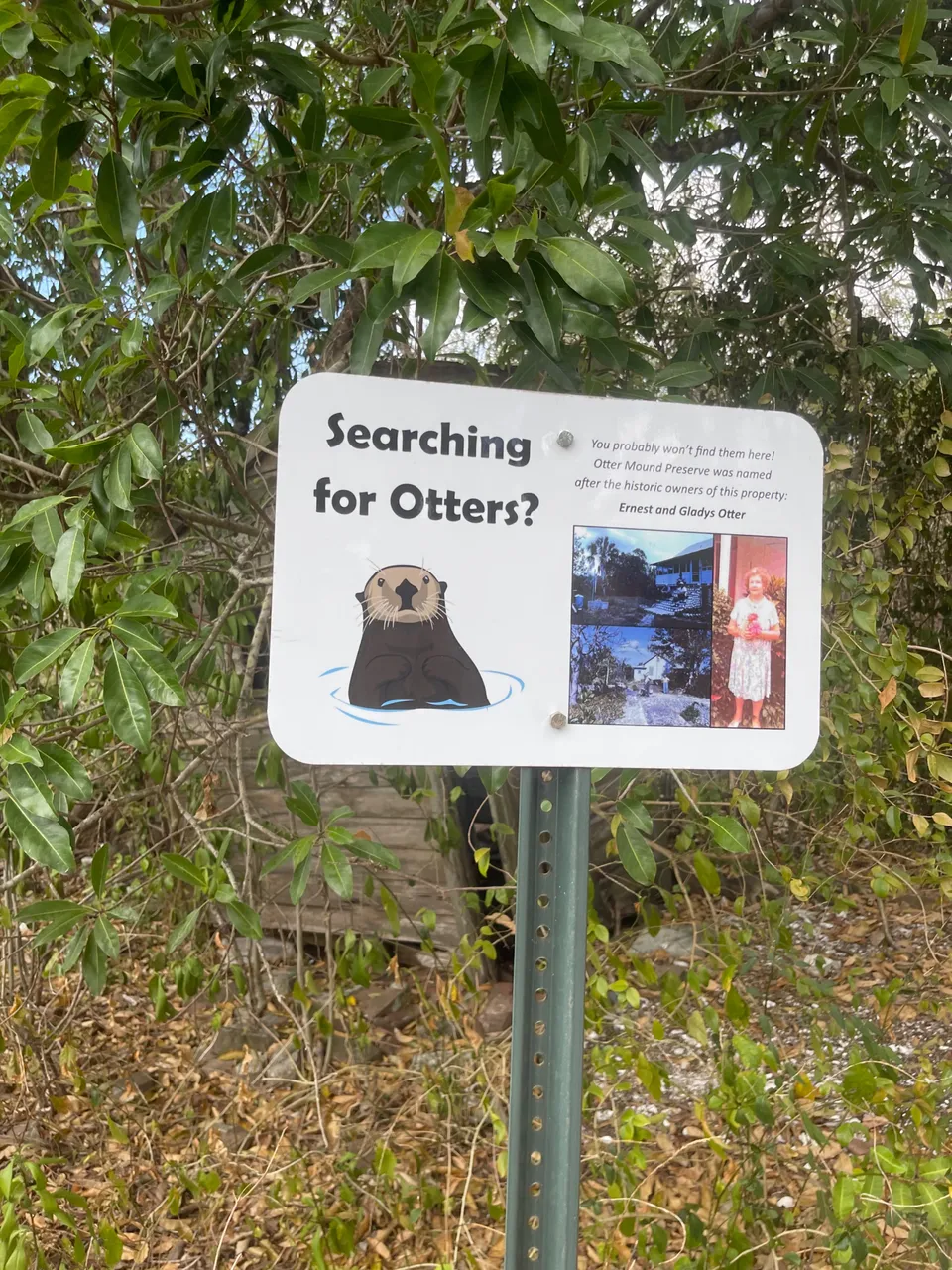
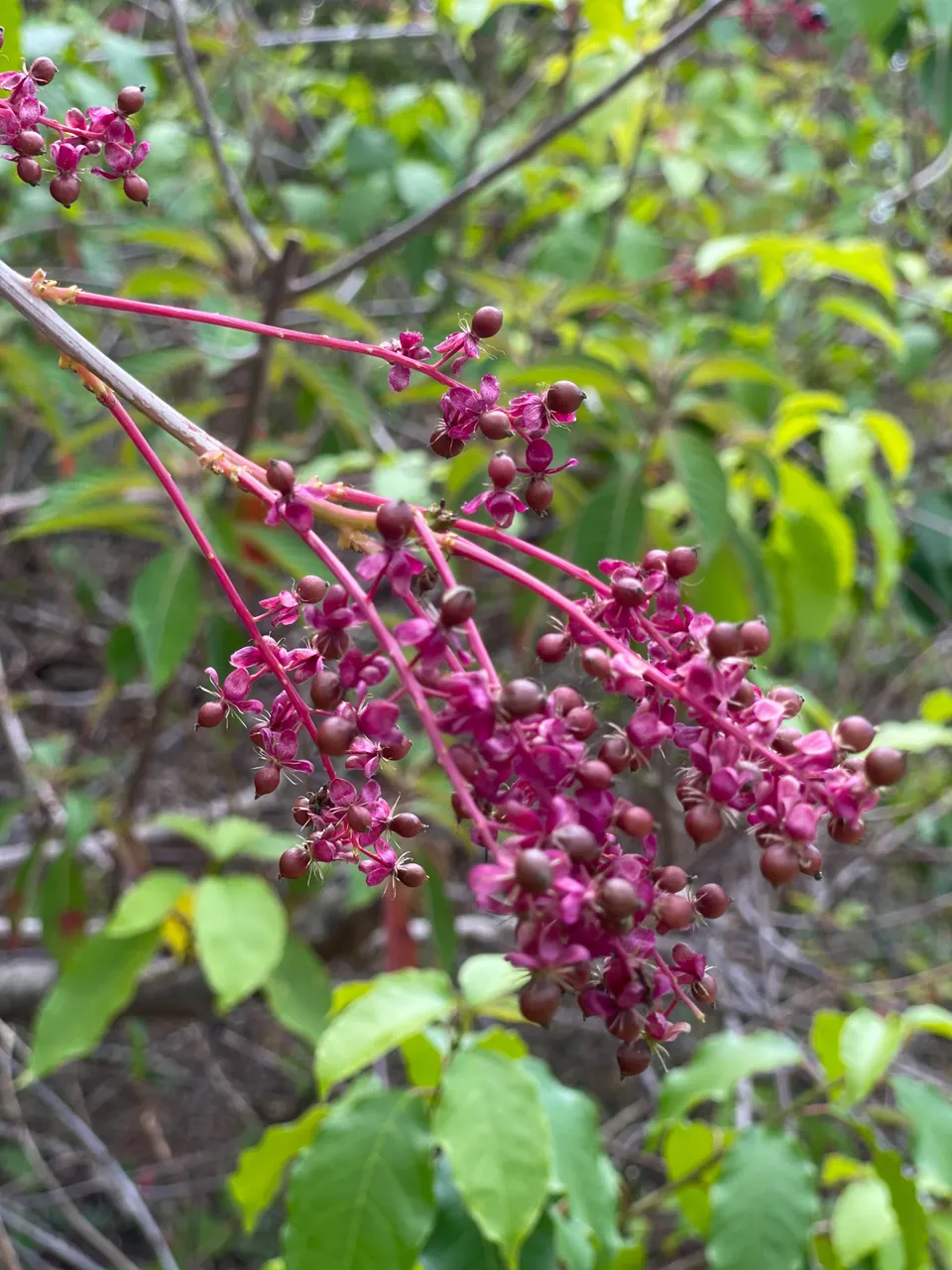
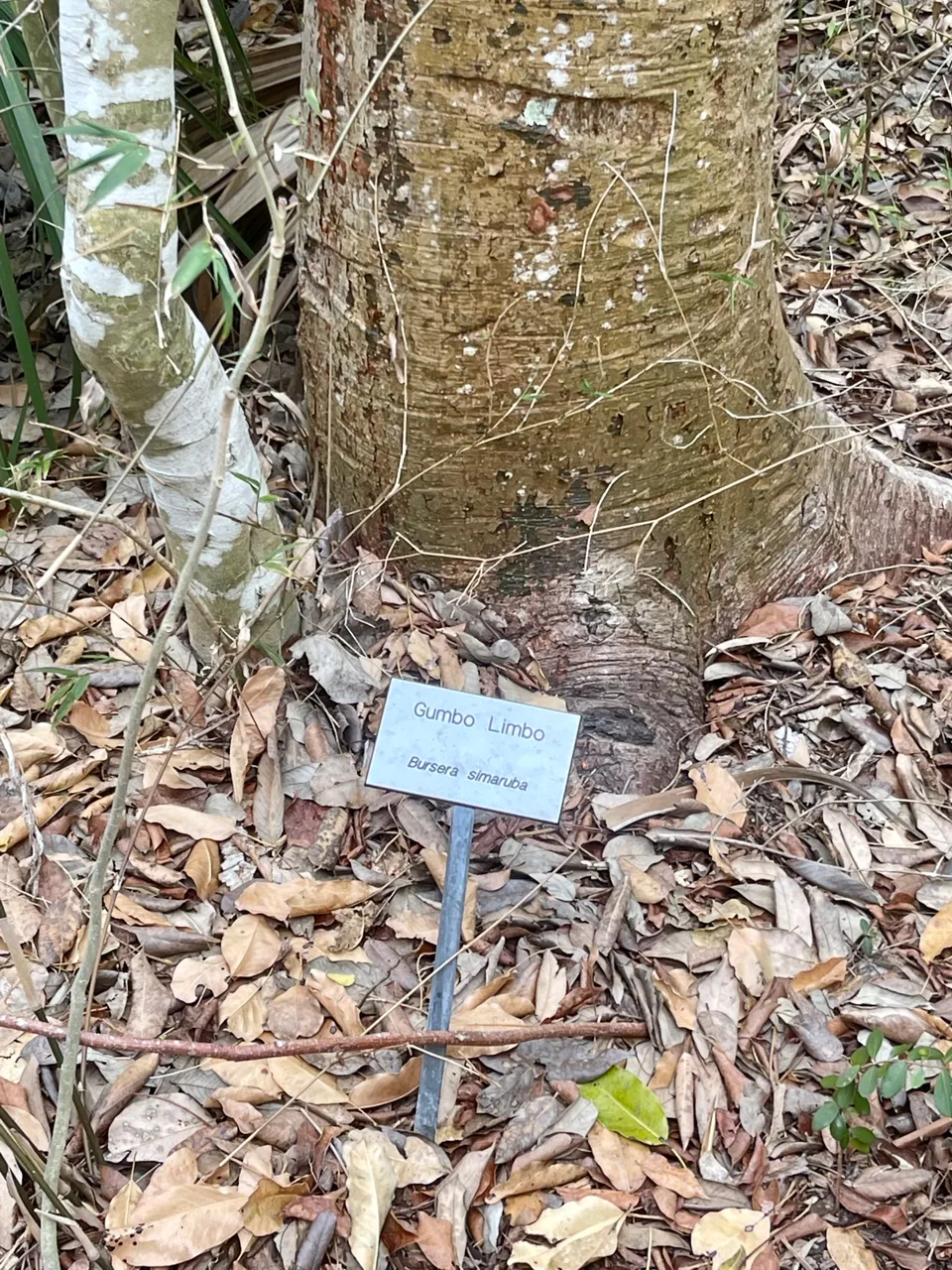

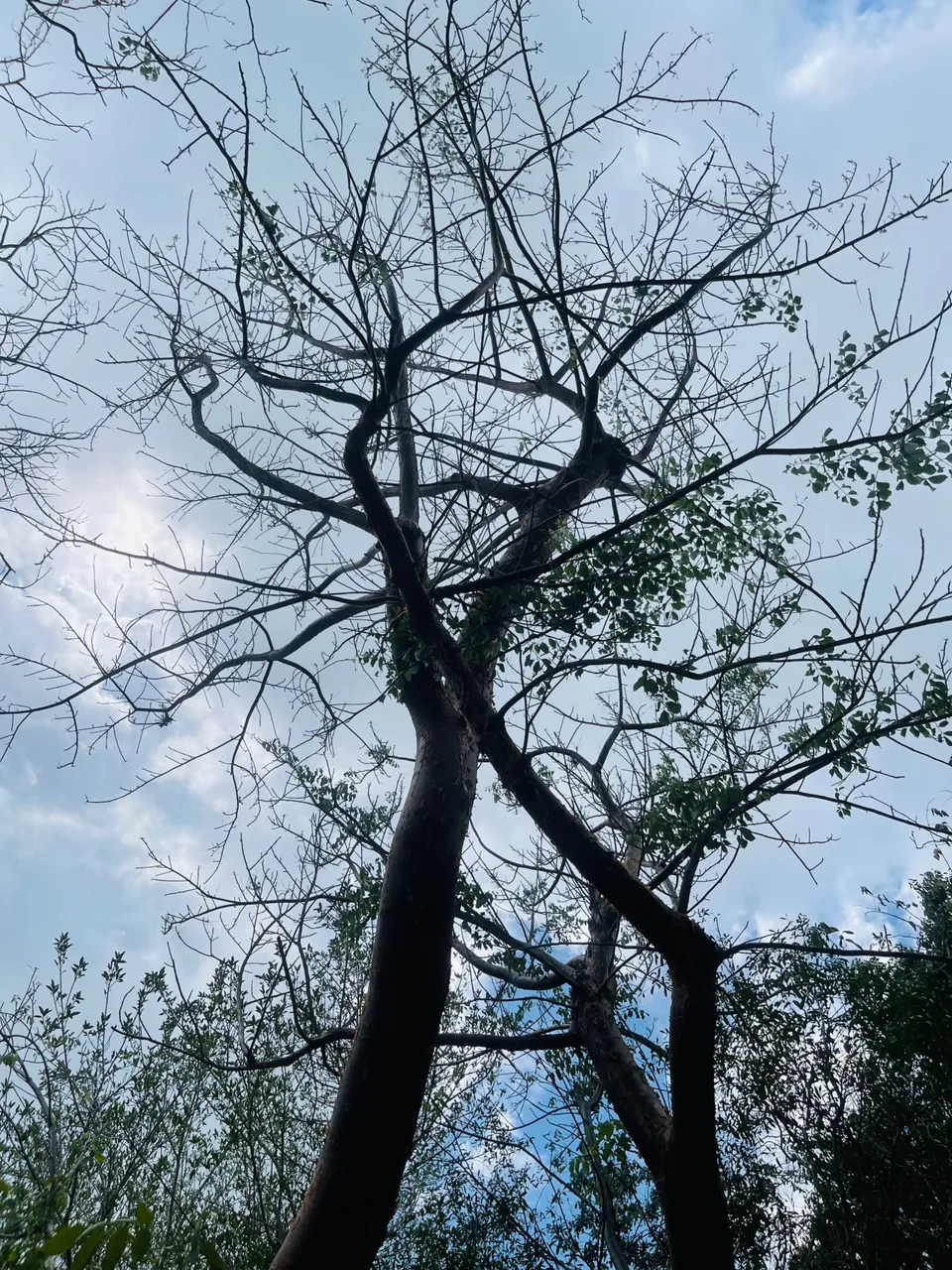
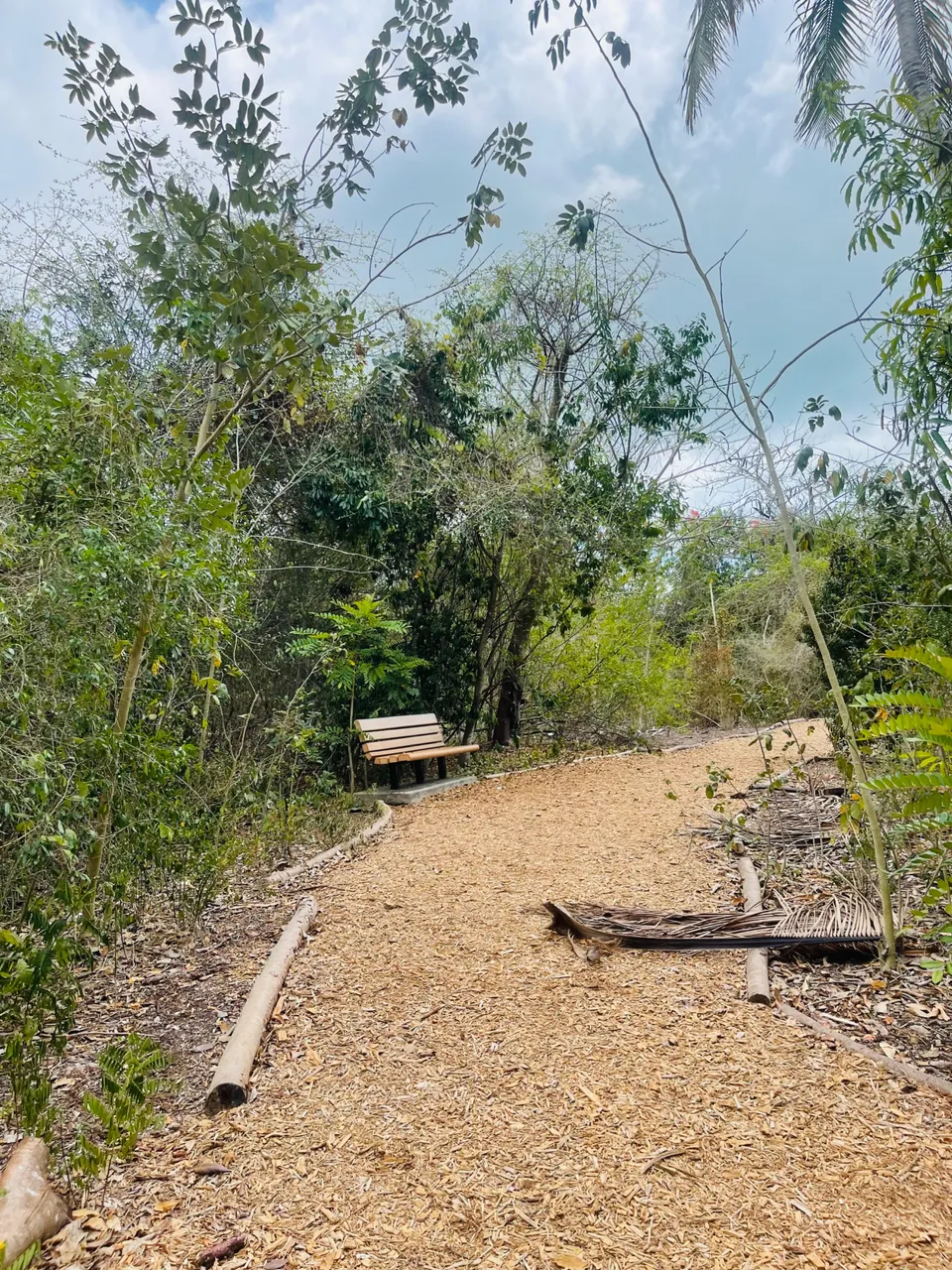
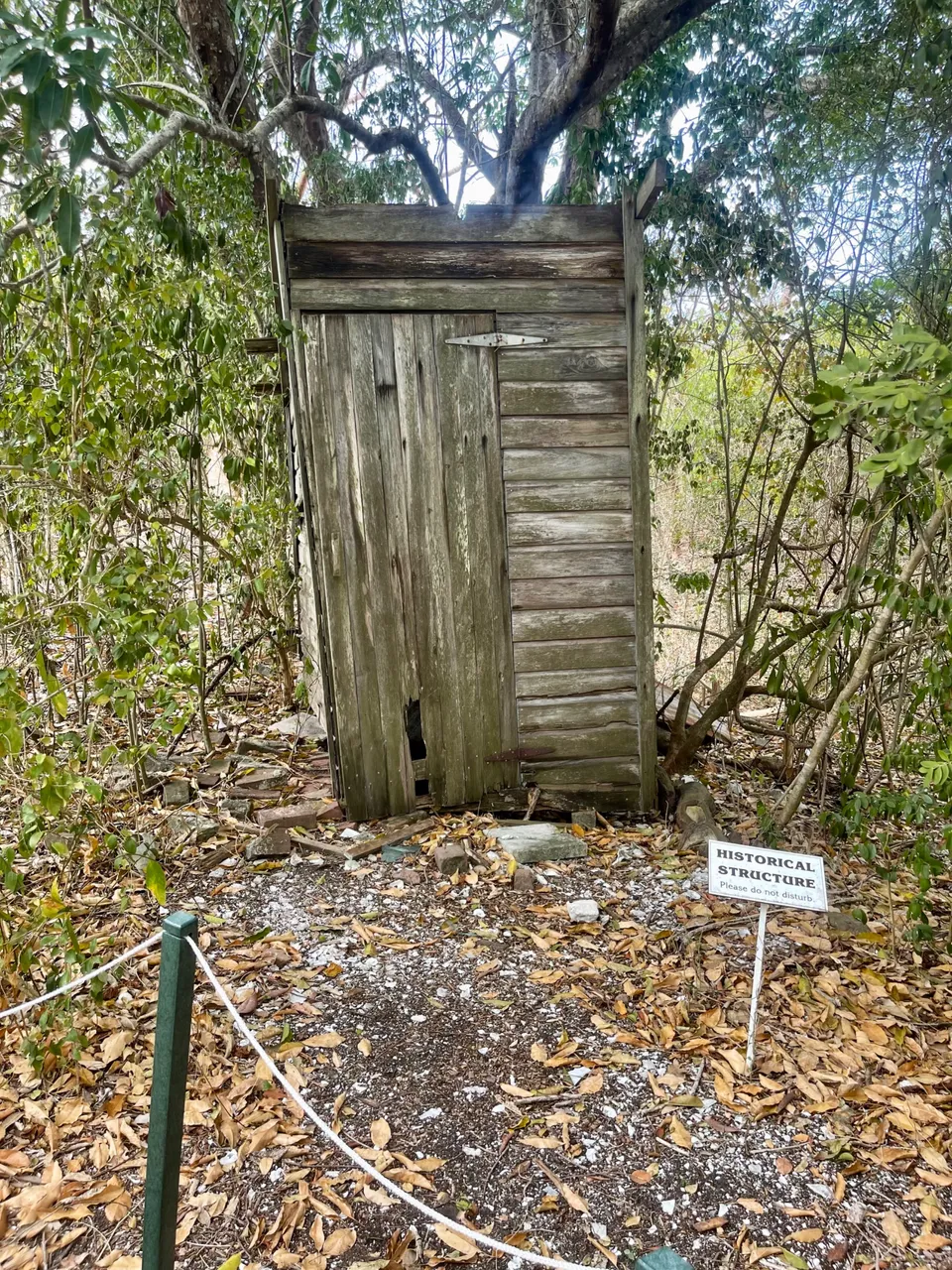
Italic
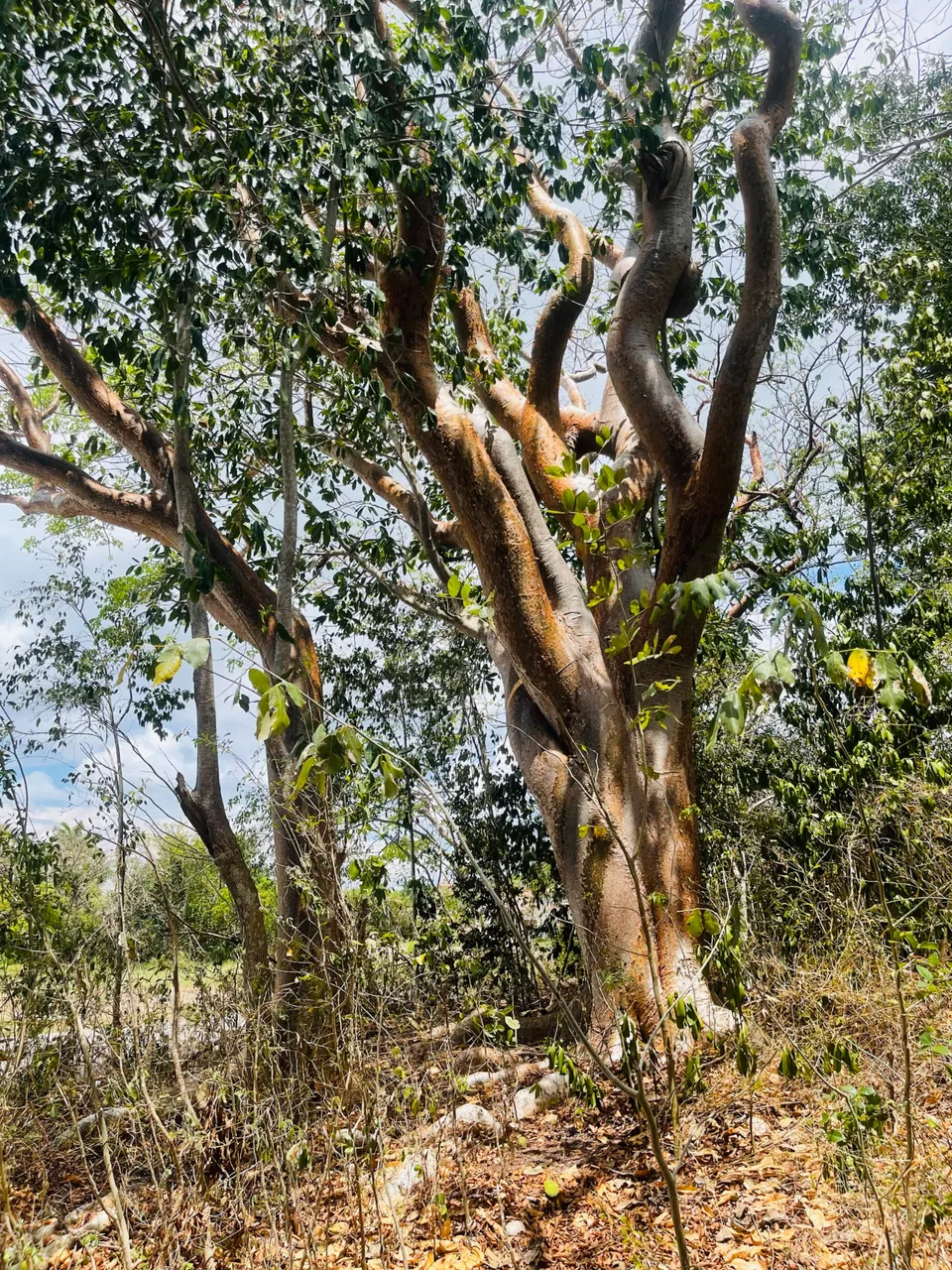
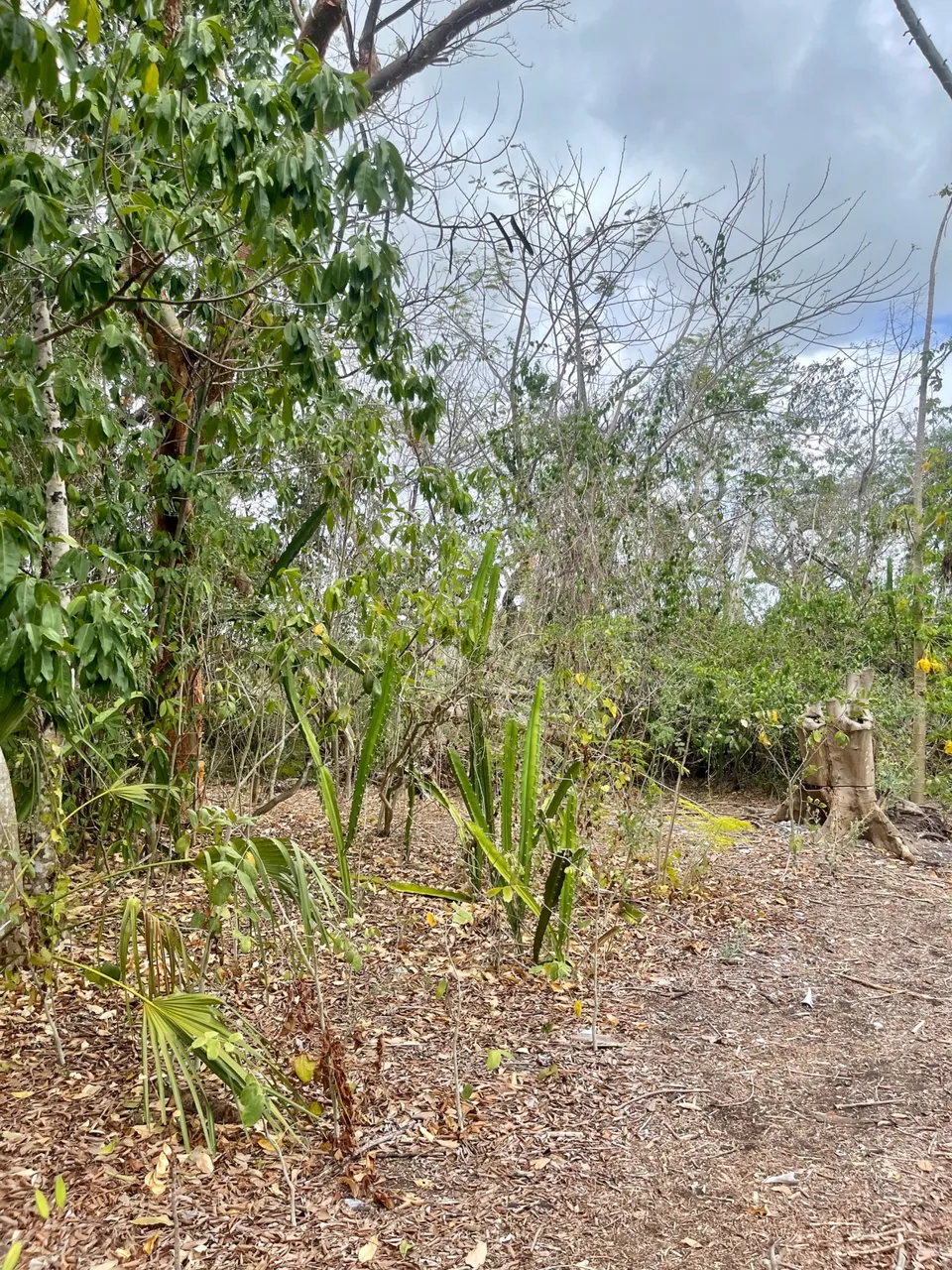

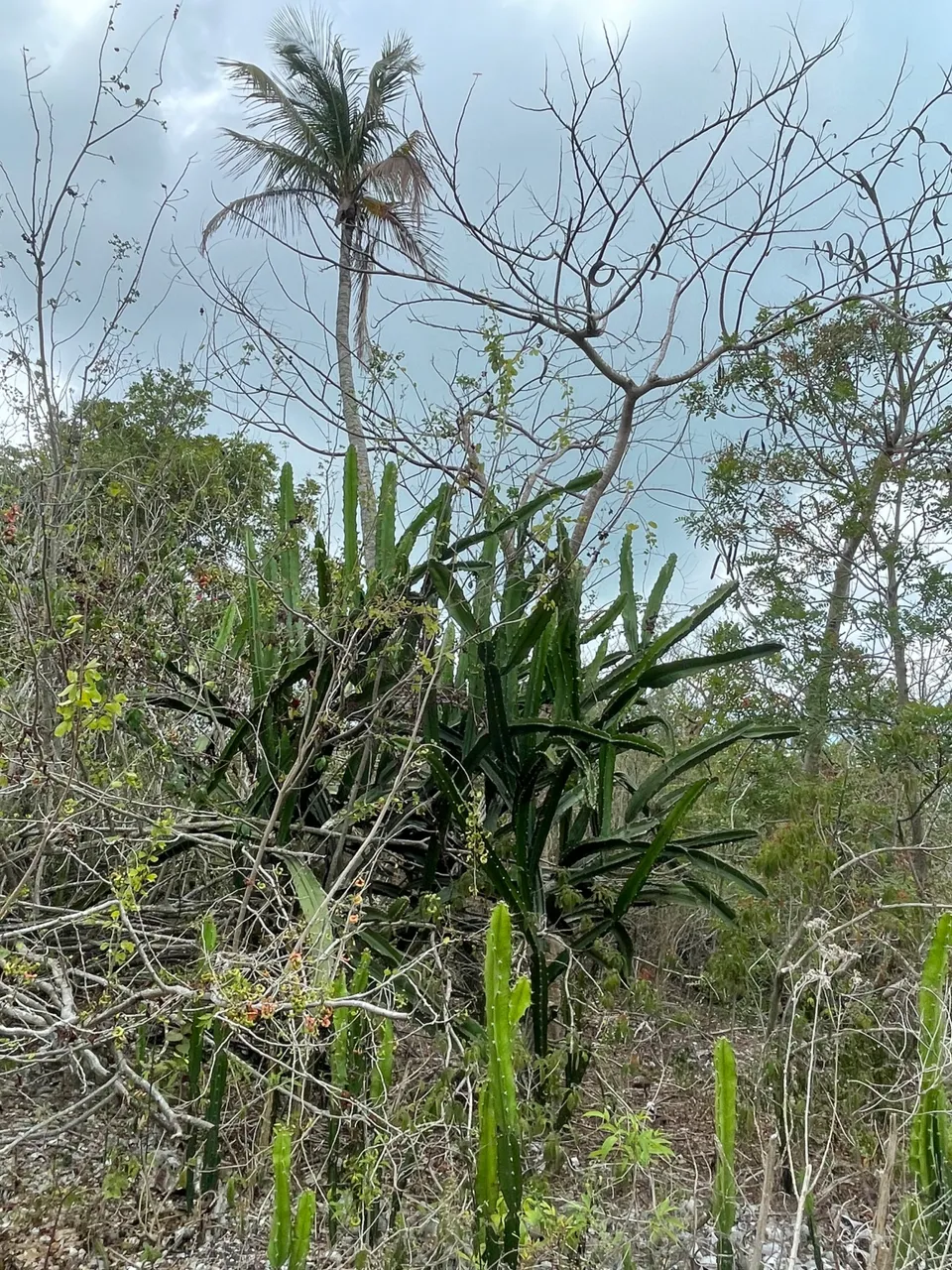
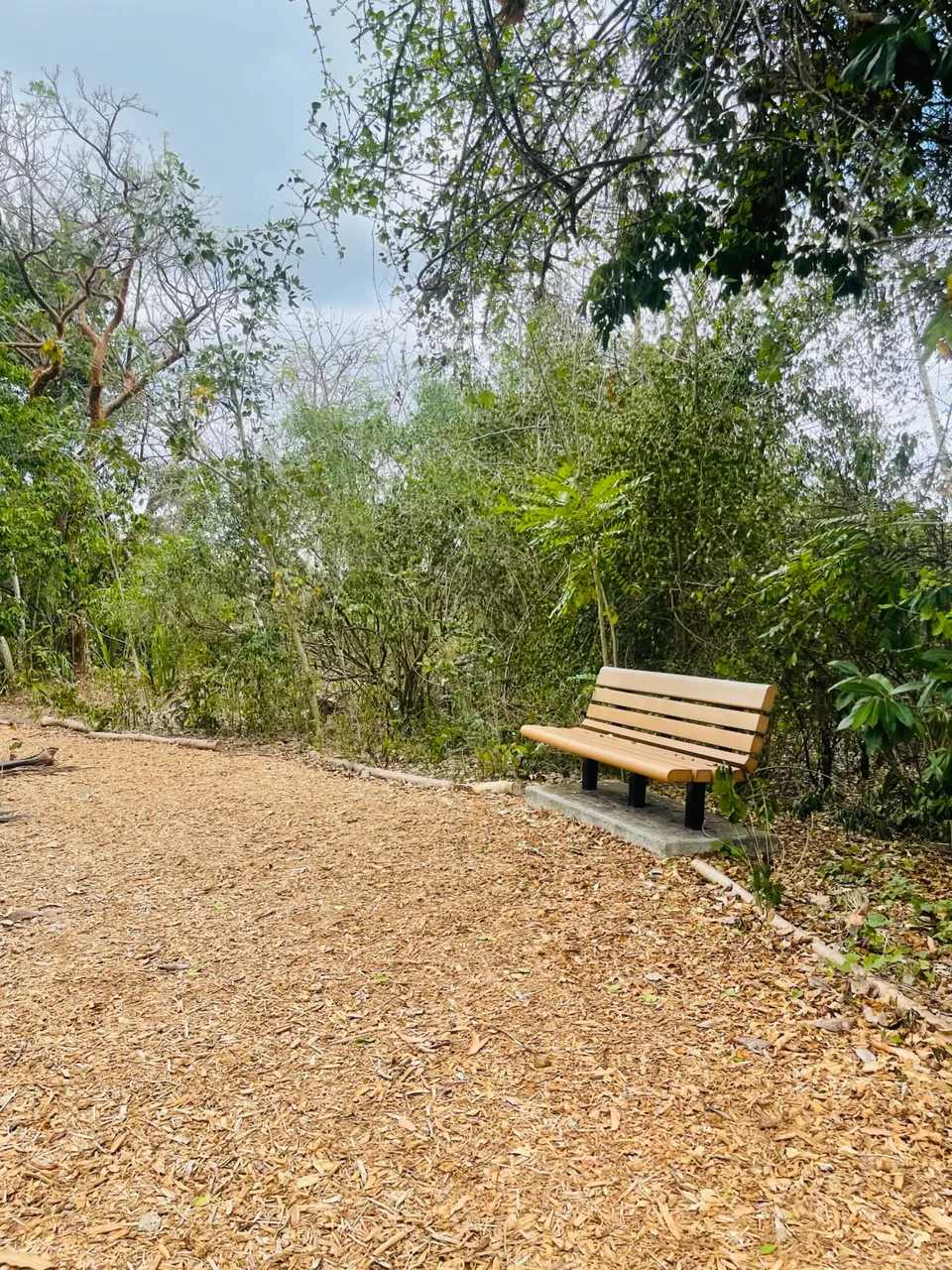
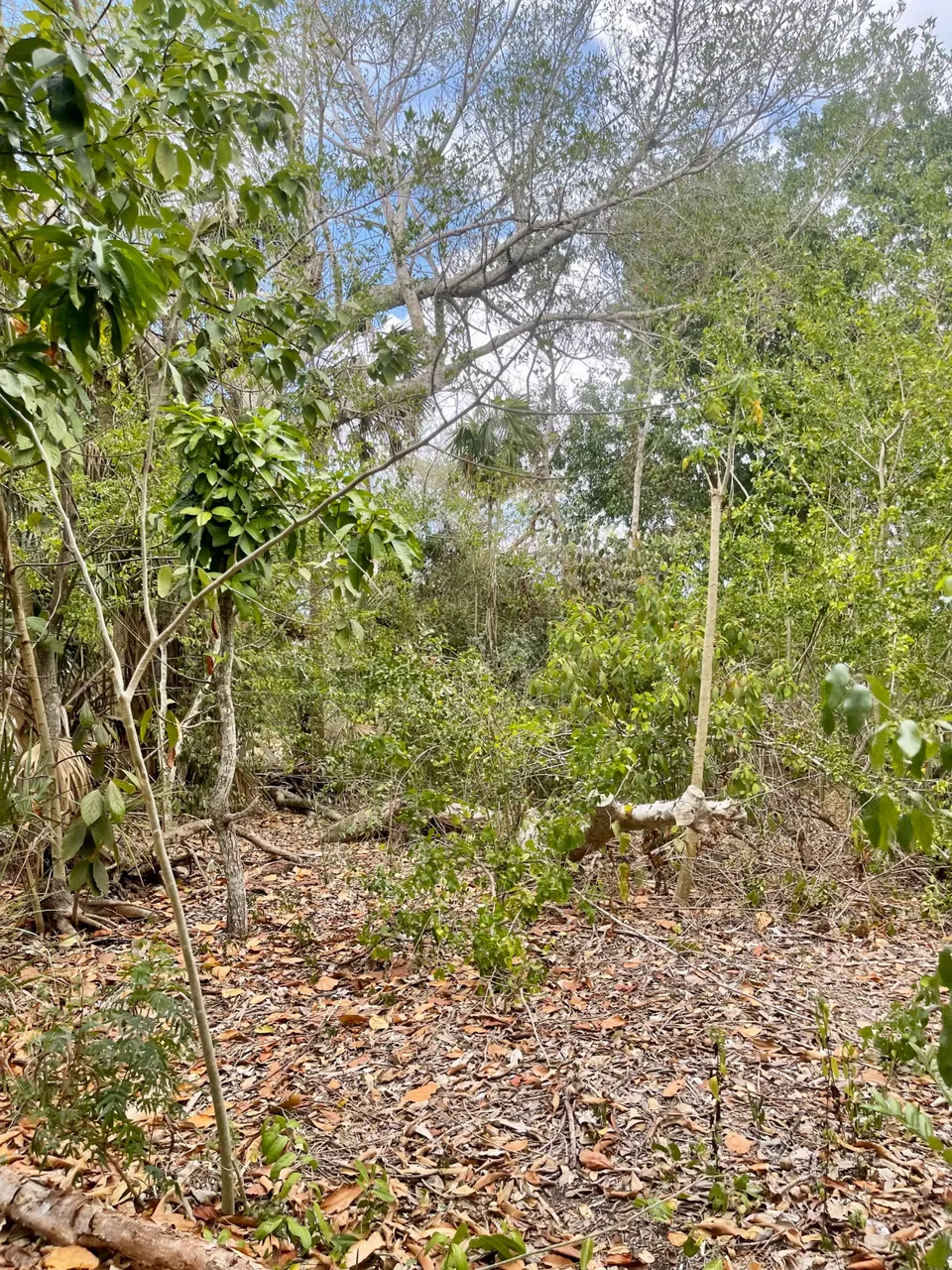
My son noticed how this palm tree was being hugged by another kind of tree. I think this other tree is actually choking the poor palm tree… Here is what I found about parasitic trees that grow around palm trees: Strangler figs suck up the nutrients from its' victims, causing them to die eventually. When I told my son that this “hugging” tree is actually killing tree, he got sad, said, he better didn’t know that. Well, that’s how life is, right? In the past it would make me sad as well, but now, when I’m an adult, and met different kinds of people who also live like a Strangler tree, it doesn’t surprise me anymore, but of course I don’t agree with that lifestyle.
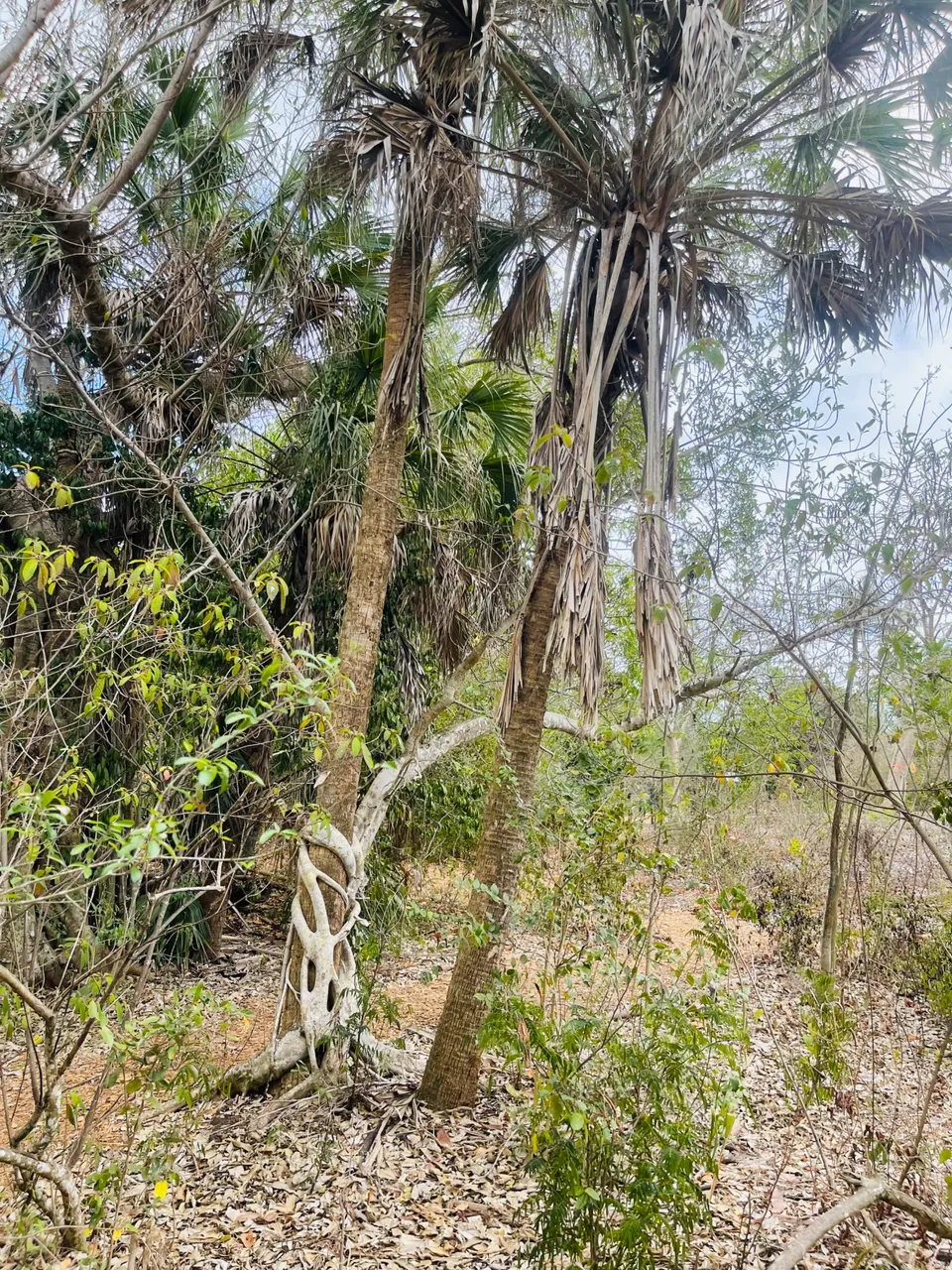
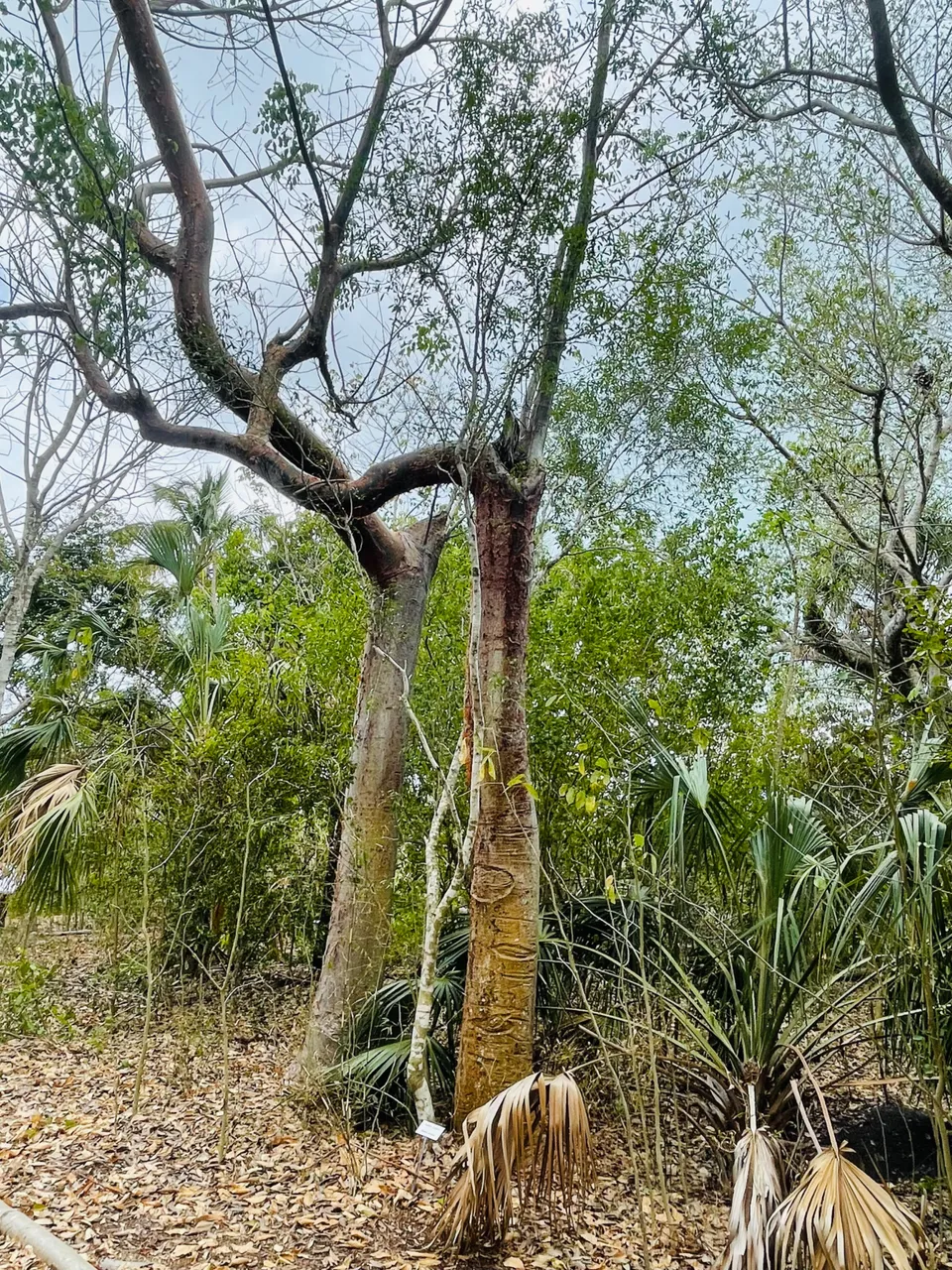
I saw only one butterfly at this place and it was very fast, so I’m not even sure which one it was. I wish we came here when all the butterflies and birds were here, but I can imagine how crowded this place becomes at that time.
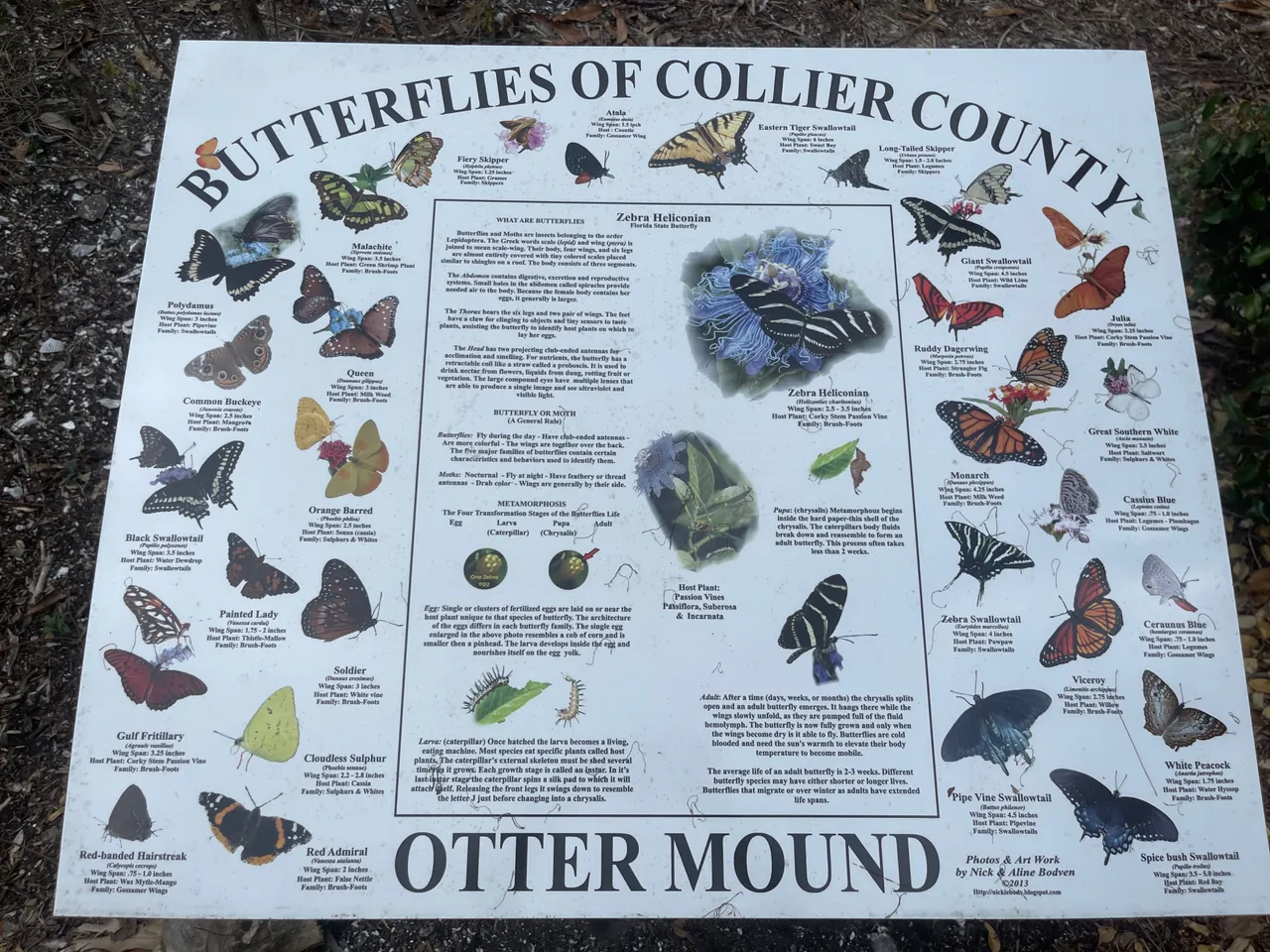
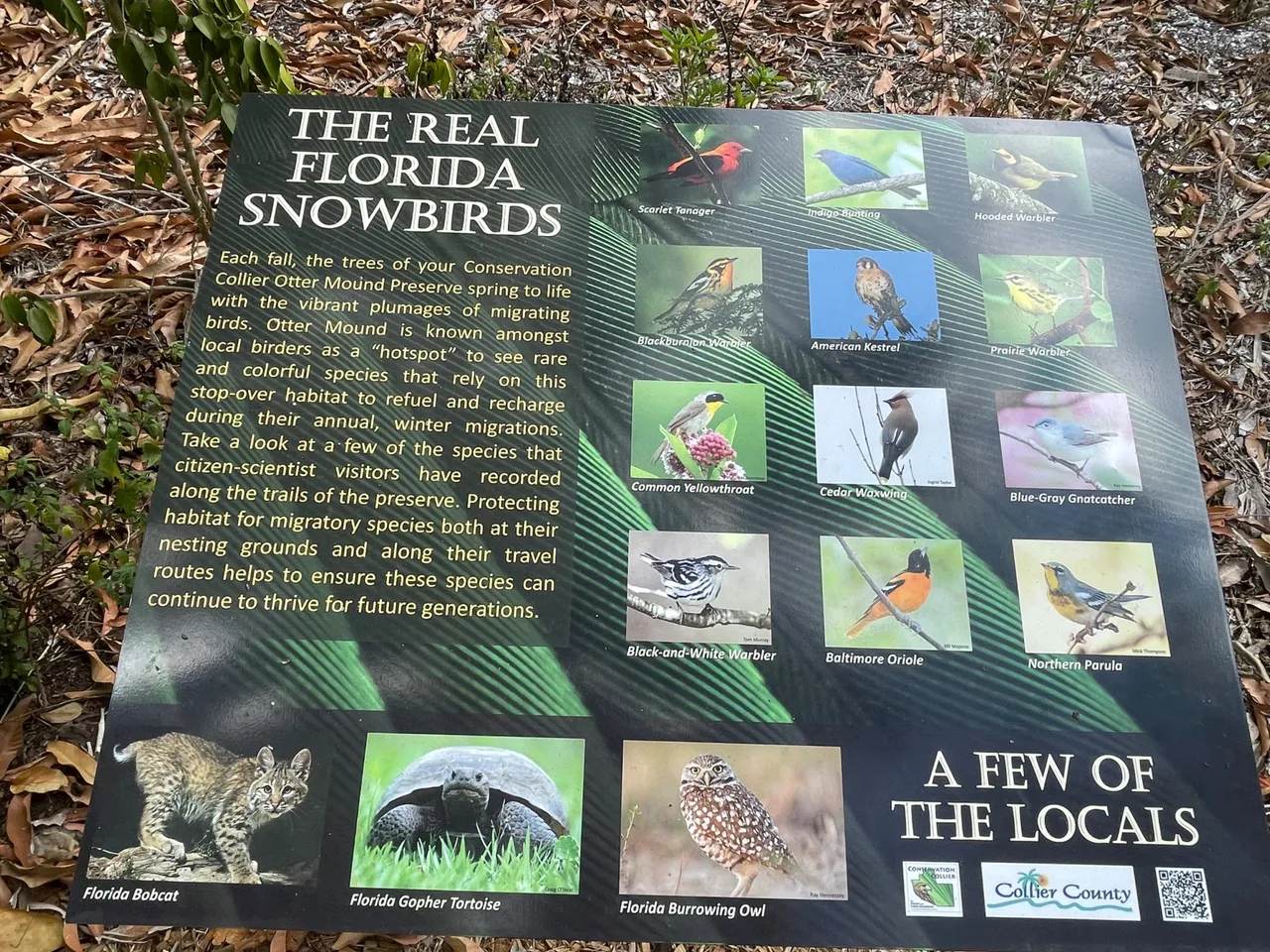
I hope you enjoyed the photos.
Here you can check out my all pinmapple posts
| Device | IPhone 12 Pro |
|---|---|
| Theme | Nature |
| Object | Otter Mound Preserve |
| Captured by | @artmom |
Thank you for visiting!